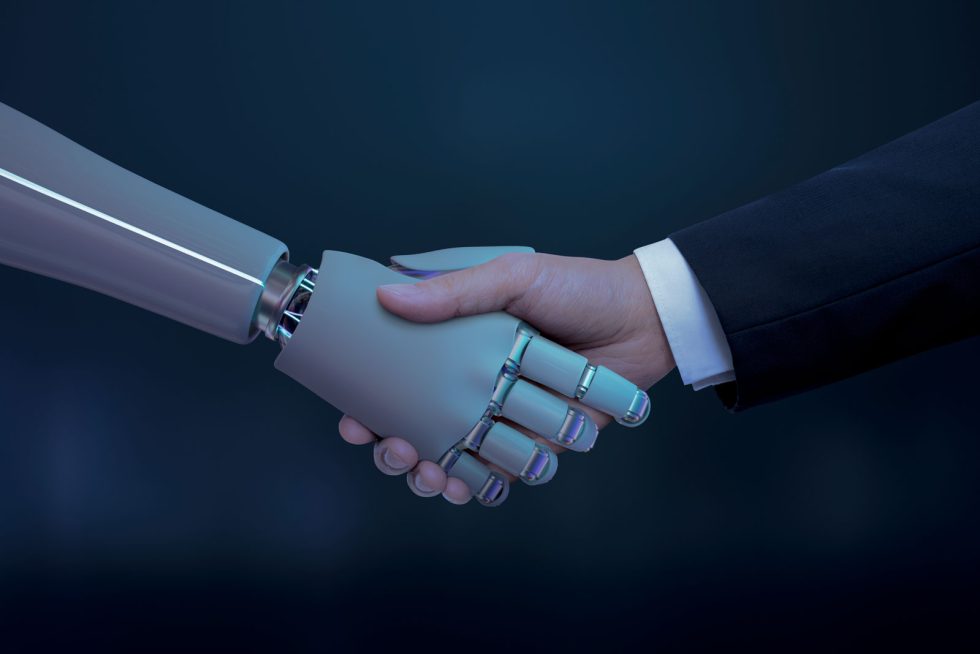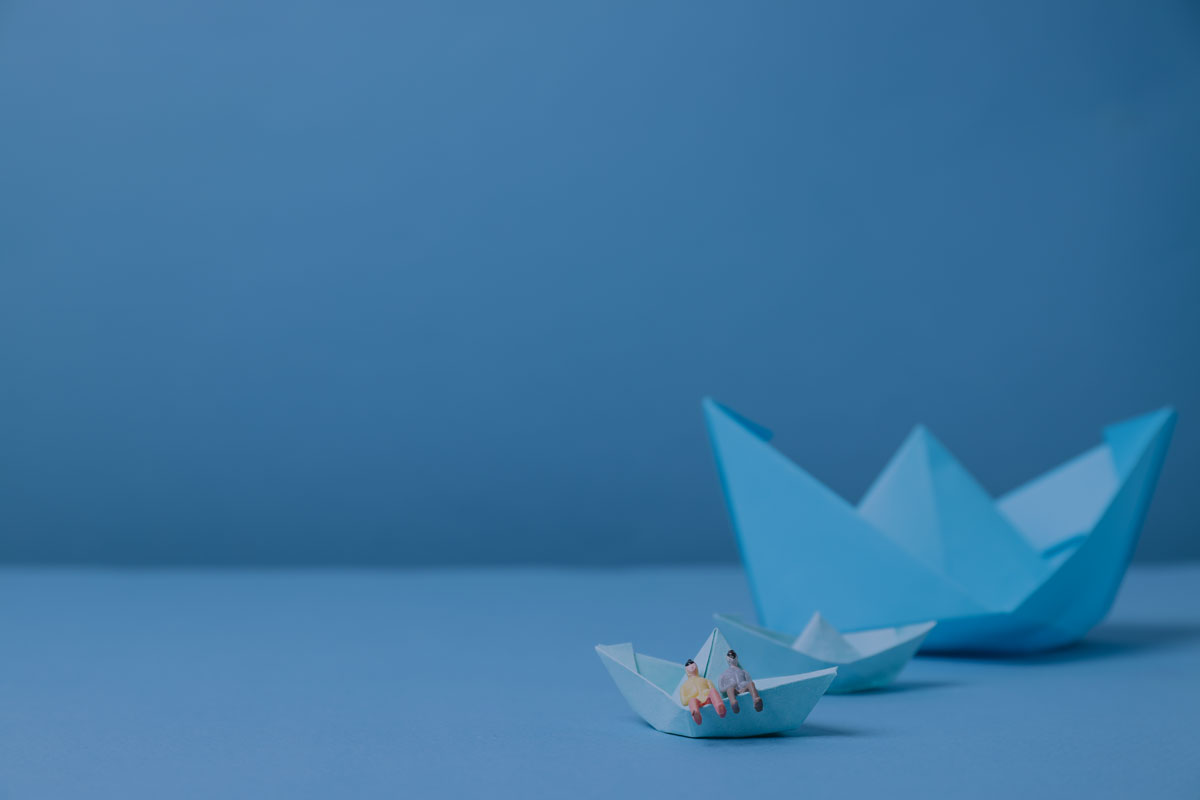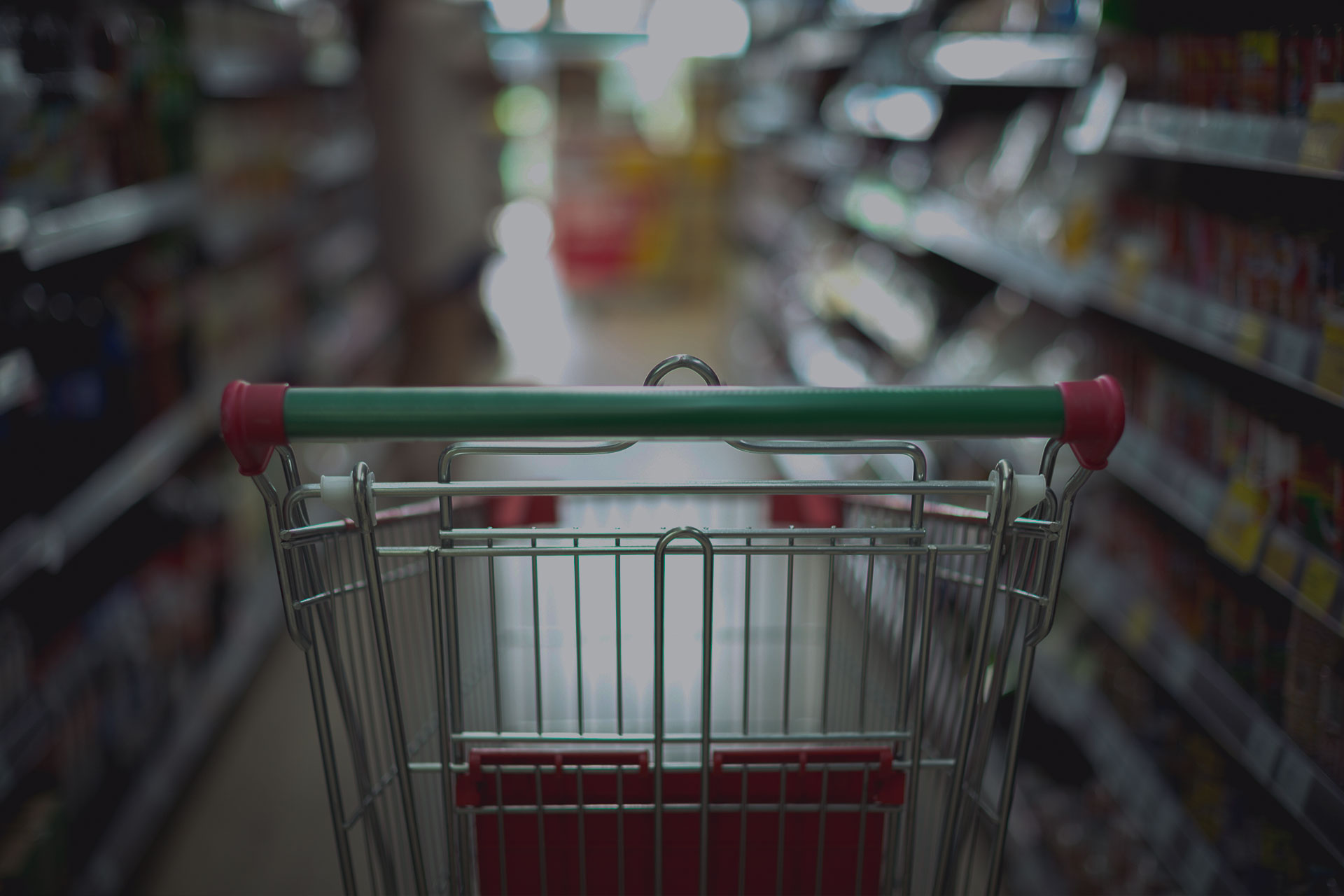How much is this attention present in our habitual behaviors, such as basic ones like grocery shopping ?
Our fear is always that the writer of this article, and those who read it, are under the illusion that finally these attentions have actually entered into a common sensibility, which perhaps instead thinks only of savings and immediate convenience, instead of the environment and our future.
With a certain amount of anxiety I therefore did some research, and surprisingly many of my fears were disproved.
Some data:
- in 2020 GlobeScan, an independent research and strategy consultancy, conducted on behalf of MSC (Marine Stewardship Council, the nongovernmental organization that certifies sustainable seafood products with its “blue fish label”) the largest survey of Americans’ opinion regarding the sustainability of seafood products sold in supermarkets. The survey revealed 65 percent of Americans believe supermarkets should remove all unsustainable fish and seafood products from their shelves;
- by 2021 Walmart’s Great Value private label adopted the MSC certification on its canned tuna;
- in August 2022 Princes, the international food and drink group, has announced an ambitious roadmap to source and sell 100 percent of its UK Princes branded tuna from Marine Stewardship Council (MSC) certified sustainable fisheries by the end of 2025;
- in September 2022 research by Unione Italiana Food (an association representing 550 companies with 67,000 employees and more than 45 billion euros in sales) shows that nearly 9 out of 10 Italians say they pay attention to sustainability aspects when they are at the supermarket.
Great news, certainly better than I expected !!!
But then can more be done ?
The year 2022 was marked by one of the most extensive droughts, severely affecting Europe, the US, China, Africa, and many other regions of the planet.
This is a relative surprise, because over the past 20 years temperatures have been consistently higher than the average of the past 2 centuries, and unfortunately there is no reason to think that the trend can be reversed in the short/medium term.
The shortage of the water resource, caused by the impressive decrease in snowpacks and the almost total absence of precipitation, has caused damage to agriculture with losses between 20% and 50% of crops. In Italy alone, the economic estimate is of damage of more than 6 billion euros, but the repercussions are much more serious if we consider the price increases of agricultural products, the bankruptcy of many farms, and the scarcity of agricultural products available for developing countries.
We have to take care of water, and since the food production sector is the one that consumes 70 percent of it, that is where we have to intervene as a priority.
A key role is of course played by consumers, whose choices also have the ability to direct the production methods of the food they buy.
Returning to the good news from earlier, the data tell us that these consumers are attentive to the issue of sustainability, and then it is necessary to provide them with the information they need to be able to choose food products offered by farms that have made careful use of water, that have saved it in favor of the environment, other farms in the area, and the entire community.
As a result of MSC’s well-established initiative, we have a “blue fish label” that has been highlighting fish products from sustainable fisheries to consumers for years.
We now need a “green water label” to indicate to consumers food products manufactured with sustainable use of water resources.
What are the possible parameters that can highlight these water-saving attentions by farms ?
I point out a few:
- creation of reservoirs to collect rainwater for use in irrigation, significantly decreasing or eliminating withdrawals from natural reservoirs or aquifers;
- use of drip irrigation systems, which allow targeted irrigation and water resource savings of up to more than 50 percent;
- use of Agriculture 4.0 systems capable of accurately predicting crop water stress levels in the coming days, and able to optimize water use by providing irrigation advice (when to irrigate and how much water to deliver) responsive to the specific need of that crop, in that soil, at that phenological stage, thus avoiding any possible waste. The use of these systems too results in significant water savings, up to 50 percent, and can add up to the initiatives in the previous points.
Thanks to MSC we have evidence that raising consumer awareness, and involving them in managing the sustainability of the production of our food, is possible, is welcomed by consumers and companies, and brings results: today 14 percent of the seafood on our tables comes from sustainable fisheries.
It may still seem small, but if we applied the same percentage to water consumption in agriculture we would reduce the world’s freshwater consumption by about 10 percent, a percentage not achievable in any other sector.
WICMI, and the writer of the article, is promoting the initiative, and invites institutions, companies and people interested in the topic to leave their contact details with WICMI via the contact form on the website, with a view to an event that WICMI itself will organize on the topic.
by Marco Ciarletti





